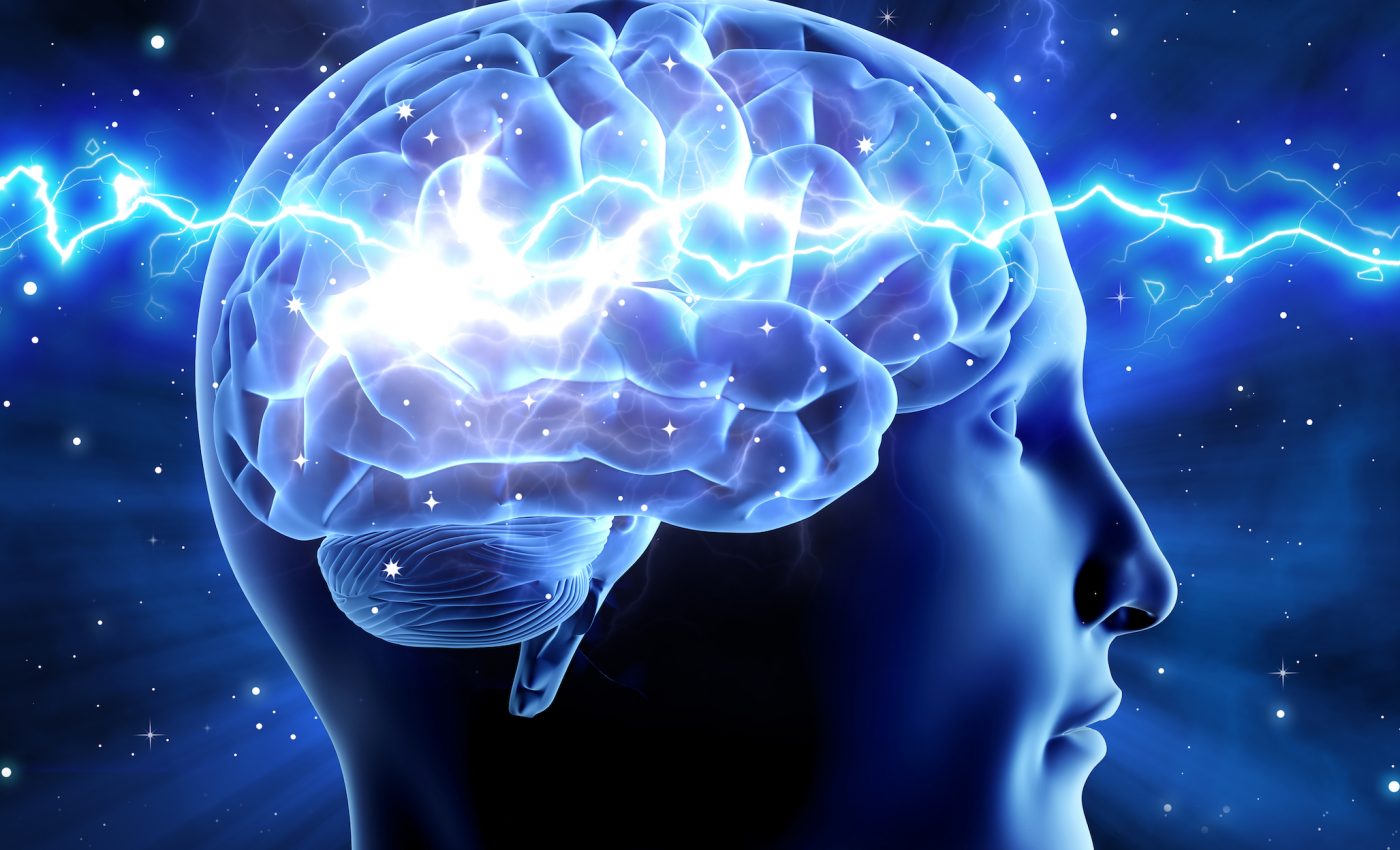
How the brain connects old memories to solve new problems
New insight into episodic memory and how we can recollect specific memories for problem-solving could one day be used to help improve the thinking speed of artificial intelligence.
Although episodic memory is a topic of thorough investigation among researchers, there are still some unknowns and it is not clear how people can retrieve specific memories to help with a new problem or task.
Episodic memory describes the type of autobiographical memory that is easily recalled and details a specific, episodic, event in our past. We can use these memories and combine them with others to come to new conclusions or draw new insights.
For example, if you see two people driving the same car on different days but on the same street, you would probably infer from your memory of seeing one driver one day that they live together and use the same car. But what mechanisms in the brain allow us to connect these episodic memories?
Neuroscientists and artificial intelligence researchers at DeepMind, Otto von Guericke University Magdeburg and the German Center for Neurodegenerative Diseases (DZNE) conducted a study to better understand these questions.
The results, published in the journal Neuron, show how the brain links episodic memories to solve problems, something that the researchers say could help improve the processing power of AI.
It was hypothesized by the researchers that individual memories are stored as separate traces in the hippocampus region of the brain, and a crucial brain mechanism that loops out of the hippocampus allows the brain to retrieve those memory traces and connect them to other relevant past events.
“Episodic memories can tell you whether you have met someone before, or where you parked your car,” said Raphael Koster, a researcher at DeepMind. “The hippocampal system supports this type of memory, which is crucial for rapid learning.”
In order to test this hypothesis, the researchers took high-resolution 7-Tesla functional MRI scans of 26 men and women while they performed a task that required them to use episodic memories to make new insights.
Each participant was shown pairs of photographs, one with a face and one with an object or place. The photo pairs with linked with other pairs but the participants had to make these conclusions on their own by remembering the different images.
Next, the researchers asked the participants to connect the faces in the photographs together, there were right and wrong answers and this showed the researchers how a person’s brain made different conclusions drawing on past experiences.
After conducting the experiment with the participants, the researchers trained a computer algorithm to distinguish between activation for scenes and objects using the observed brain activity from the MRI scans.
“Our data showed that when the hippocampus retrieves a memory, it doesn’t just pass it to the rest of the brain,” said Dharshan Kumaran from DeepMind. “Instead, it recirculates the activation back into the hippocampus, triggering the retrieval of other related memories.”
The results of the study not only shed insight into the underlying mechanisms of episodic memory and our ability to use it to help make new insights and solve problems, but the researchers say their algorithm could help improve the learning the time of AI.
“While there are many domains where AI is superior, humans still have an advantage when tasks depend on the flexible use of episodic memory,” said Martin Chadwick, another researcher at DeepMind. “If we can understand the mechanisms that allow people to do this, the hope is that we can replicate them within our AI systems, providing them with a much greater capacity for rapidly solving novel problems.”
—
By Kay Vandette, Earth.com Staff Writer













